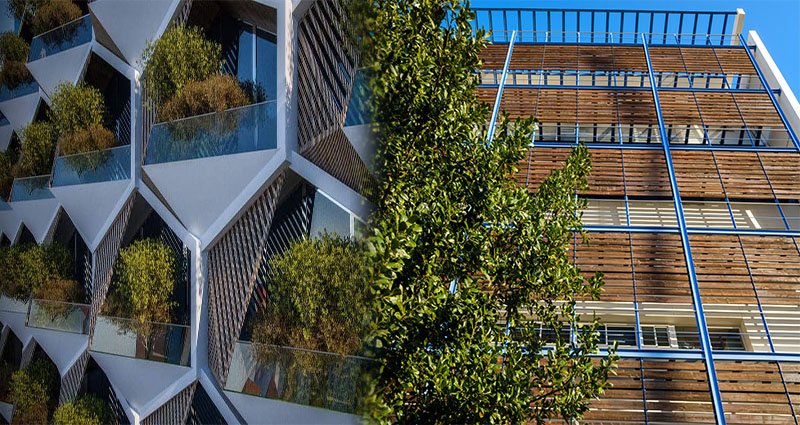In recent years, the concept of green construction has gained significant popularity due to its focus on sustainability and reducing the impact on the environment. One of the key aspects of green construction is the incorporation of energy-efficient design principles. By implementing energy-saving strategies and technologies, buildings can minimize their carbon footprint and contribute to a more sustainable future. In this article, we will explore some of the essential energy-efficient design principles for green construction.
1. Passive Design Techniques
Passive design techniques involve orienting buildings in a way that maximizes natural lighting and reduces the need for artificial lighting and heating. By utilizing strategic placement of windows, the sun’s light and heat can be harnessed effectively, minimizing the need for excessive energy consumption.
2. Optimal Insulation
Insulation plays a crucial role in maintaining a comfortable indoor climate while reducing the energy required for heating or cooling. Proper insulation minimizes heat transfer through walls, ceilings, and floors, ensuring that the temperature inside remains steady and reduces reliance on HVAC systems.
3. Efficient Lighting Systems
Lighting accounts for a significant portion of a building’s energy consumption. Incorporating energy-efficient lighting systems, such as LED or CFL bulbs, can significantly reduce energy usage and prolong the lifespan of lighting fixtures. Additionally, using natural light whenever possible can further enhance energy efficiency.
4. High-Quality Windows
Windows are an essential aspect of any building’s design. High-quality windows with proper insulation properties help prevent heat loss during winter and heat gain during summer. This prevents over-reliance on heating and cooling systems, thus reducing energy consumption.
5. Renewable Energy Integration
Integrating renewable energy sources, such as solar panels or wind turbines, is an effective way to generate clean energy on-site. By utilizing these renewable energy sources, buildings can reduce their dependence on traditional fossil fuel-based energy, significantly decreasing greenhouse gas emissions.
6. Energy-Efficient HVAC Systems
Heating, ventilation, and air conditioning (HVAC) systems are responsible for a substantial portion of a building’s energy consumption. Energy-efficient HVAC systems, such as geothermal systems or heat pumps, provide sustainable alternatives that reduce energy usage while maintaining a comfortable indoor environment.
7. Water Conservation Measures
While not directly related to energy efficiency, water conservation measures are crucial for green construction. Implementing low-flow fixtures, rainwater harvesting systems, and efficient irrigation methods reduce water usage and, consequently, the energy required for water treatment and delivery.
8. Building Automation Systems
Building automation systems allow for optimized control and management of a building’s energy consumption. By integrating sensors, timers, and advanced controls, these systems can regulate lighting, HVAC, and other energy-consuming systems, maximizing efficiency and reducing waste.
Incorporating energy-efficient design principles in green construction provides numerous benefits, including reduced energy costs, improved indoor air quality, and a smaller ecological footprint. By implementing these strategies, buildings can contribute to a more sustainable future while providing a healthy and comfortable environment for occupants. As technology advances and awareness grows, energy-efficient design principles will continue to play a vital role in green construction, making it an essential consideration for any environmentally-conscious project.












